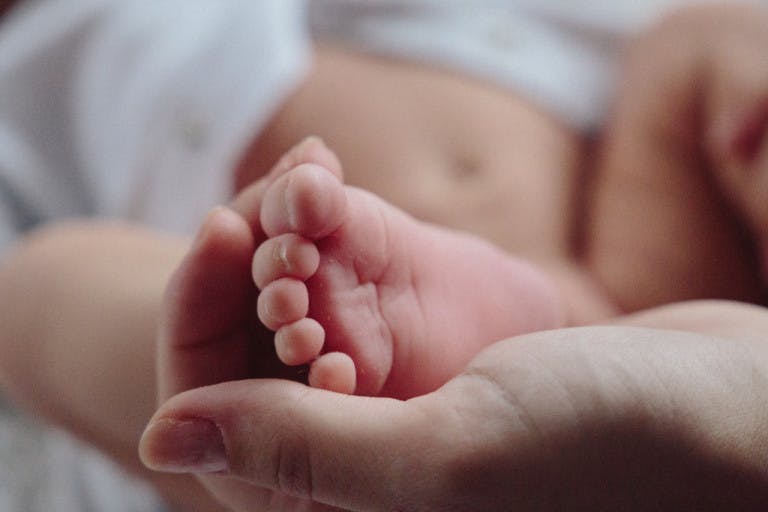First published on Thursday, June 4, 2020
Last updated on Friday, June 14, 2024
When a staff member is pregnant, eventually they’ll need to take time off to prepare for their newborn. After all, they do have maternity leave entitlement.
While it means your business will need to arrange cover, first of all you’ll usually receive a written (or verbal) request for maternity leave.
You’ll also need to acknowledge this request in written form—it’s good business practice to always have important events like this detailed for your records.
But what should you write in your response? This guide takes a look at the requirements.
Maternity leave template letter for employees
Your staff member may approach you about how to format a maternity letter to employers.
It’s possible they simply don’t know, so it’s a good idea to have a template available to supply them with.
A maternity leave letter to employers should include information such as:
- The fact they’re pregnant and when they expect the childbirth. If they don’t inform you, they can’t legally claim for leave.
- When they would like the maternity leave to start (the earliest time is 11 weeks before childbirth).
- Details on whether they qualify for 52 weeks of maternity leave (which most pregnant employees can claim).
- A suggestion for when the possible return to work date may be.
Remember, you must confirm or deny the notification within 28 days of receiving the letter.
And if you need a sample letter for maternity leave of absence, you can contact us and we provide you with an example of what to expect.
How your business should respond
As part of your maternity leave policy, you should also have a template you can use to send back to your employee.
A maternity letter to employees is good business practice, although it’s not mandatory to keep one on record.
But a maternity leave letter from employer to employee will confirm you've received your their note.
In it, you should point out when their maternity leave begins and ends. But you can also add details such as the rate of pay and any KIT days they need to attend (more on that below).
Keep a copy of your maternity letter to employee on file so you can refer to it at a later date if you need to. But it can also act as a template for the other occasions you may need it.
Seeing as there could be years between the need for maternity leave in your business, it’s good business practice to have it stored for reference at a future date.
As with the sample maternity leave letter to employer, if you need to establish a template response letter then you can contact us directly for support.
Returning to work after maternity leave letter
During your employee’s absence, there could be various keeping in touch days (KITS)—after these your employee will eventually return to work.
Remember that KIT days aren’t mandatory. You might never need to bring the employee into work and they might not want to during their time away from work. Remember, too, that your staff member can decline to attend a KIT day.
But in the build-up to their eventual return, you should draft a return from maternity leave letter template from employer to the employee. In that you can establish how you want to welcome the individual back to work, so you can explain the process they should follow.
If you need advice with how to set up a maternity return to work letter from employer (template), you can contact us for assistance.
Requests for extensions
Do keep in mind, though, that your employee can send you a maternity leave extension letter for baby care.
From your side, an employee can ask for more time off but this is likely to be leave or holiday time they won’t receive pay for.
Need our help?
We can help you with a sample letter for maternity leave and all other issues relating to employee time away from work. Get in touch with us straight away on: 0800 783 2806
Have a question?
Ask away, we’ve got lightning fast answers for UK business owners and employers powered by qualified experts.





